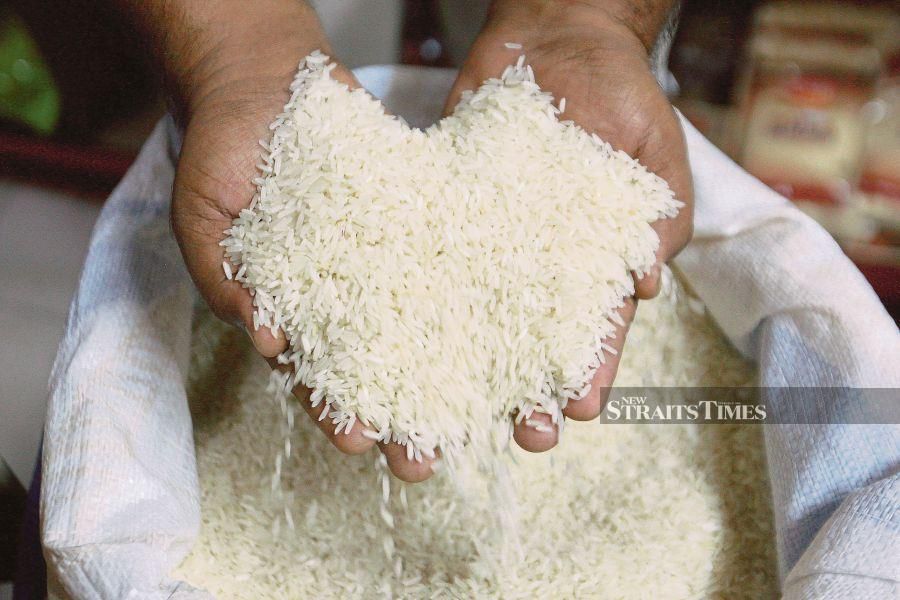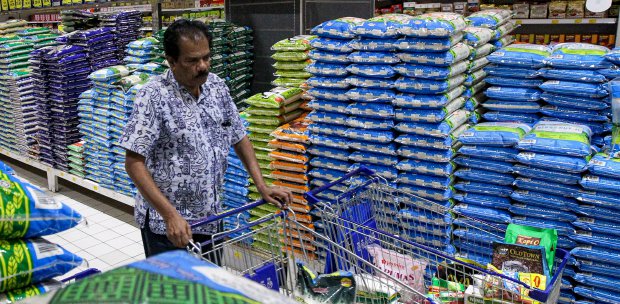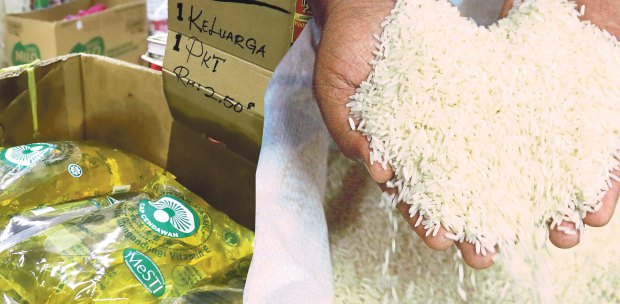LETTERS: The nation has been grappling with local white rice scarcity since last year. A shortfall in local white rice supplies resulted in a notable surge in food prices, particularly rice.
Despite white rice being the primary staple food, it has remained accessible with the sale of imported rice.
However, disparities in prices between imported and local white rice have persisted due to price controls mandated by the Control of Padi and Rice Act 1994.
Consequently, the higher price of imported white rice has burdened the populace amidst disruptions in local white rice supply.
The government had implemented various measures last year, including increasing the Padi Price Subsidy Scheme rate from RM360 to RM500 per metric tonne of padi production, effective from August 2023.
With the increase, padi farmers in the country will receive a minimum of RM1,700 per metric tonne of padi production, thus providing them with a better income.
The increase is considered the largest in the nation's history and involves an annual expenditure of RM1 billion, with the aim of incentivising padi cultivation while maintaining rice buffer stocks.
The Agriculture and Food Security Ministry said 65 per cent of local white rice was available in the market as it is a government-controlled product and the rice supply issues were expected to be resolved by December 2023.
However, as we enter the second month of 2024, disruptions in local rice supplies persist. This prompts the question: do padi cartels still wield a big influence in the rice production chain?
If so, the authorities must prevent the scarcity of local white rice from continuing.
DR MUHAMMAD HAFIZ BADARULZAMAN
Senior lecturer, School of Law, Universiti Utara Malaysia
The views expressed in this article are the author's own and do not necessarily reflect those of the New Straits Times





